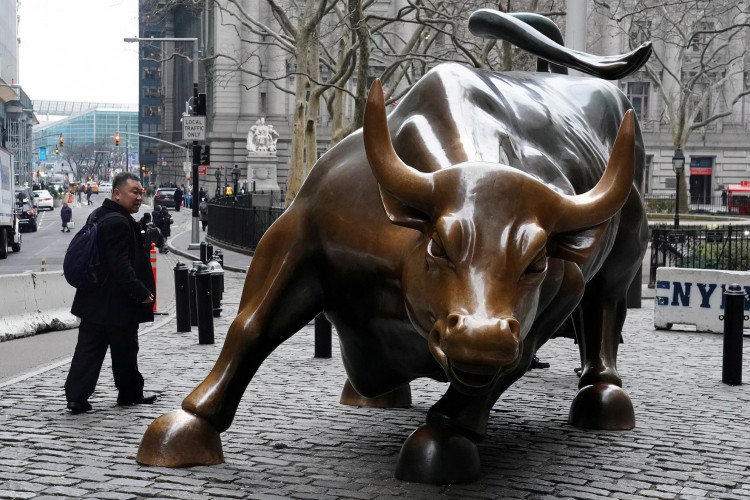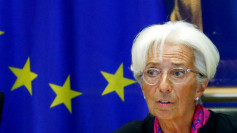Investors now look forward to stronger growth in the U.S. the economy in 2020 as Wall Street's indices look set to post new records again.
Thanksgiving week continued its historic run of pre-Christmas cheer with the Dow Jones Industrial Average, S&P 500 and the NASDAQ Composite indices closing at new records in five of the past eight sessions. From a historical perspective, Thanksgiving week has been great for stocks.
The Dow has only fallen 16 times over the past 66 years the Wednesday before Thanksgiving and the Friday after, according to data from the Stock Trader's Almanac that compiles Wall Street's historically proven cyclical and seasonal tendencies.
The major indices have been on a tear over the past month as optimism (warranted or not) around phase one of the stalled U.S.-China trade talks continue to boil. The Dow has risen 4.3%, the S&P 500 by 4.1% and the NASDAQ by 5.5%.
MSCI has also gotten in on the action, as well. Its global gauge of stock markets rose 0.35% and was an only 1 point shy from its all-time high of 550.63 posted in January 2018. Its emerging markets index also improved on the hopes, however distant, the United States and China might finally be close to signing a phase one deal to signal the beginning of the end of their 16-month trade war. MSCI is a series of global stock indices used by many mutual funds and ETFs as benchmarks.
On Wednesday, the Dow rose 46.72 points (or 0.17%) to 28,168.4, according to Reuters. The S&P 500 advanced 12.79 points (or 0.41%) to 3,153.31 while the NASDAQ added 49.35 points (or 0.57%) to reach 8,697.29. The averages posted fresh intraday records and were looking set for their fourth straight day of gains.
FAANG stocks did well. Apple booked a 1% gain; Facebook advanced 1.9%; Amazon traded higher by 1.2% while Netflix improved 0.8%.
The leading pan-European equity indices continue to trade at highs last seen in 2015. The pan-European STOXX 600 index was up 0.32%. Japan's Nikkei .N225 rose 0.28% while most other Asian markets improved in hopes of a trade deal.
On the other hand, Chinese shares fell as weak industrial profit data highlighted the relentless downward pressure on China's economy being inflicted by slowing consumer demand and the trade war.
The broader market direction is "about the accommodative Fed and accommodative monetary policy and the fact that structurally the meta-trend is still lower in yields and rates," said Kay Van-Petersen, global macro strategist at Saxo Capital Markets in Singapore.
China exploited the plunge in borrowing costs to issue its biggest international bond ever on Tuesday.






